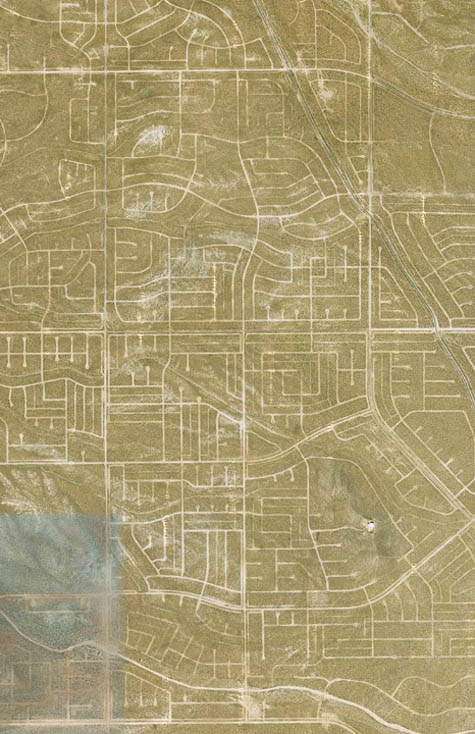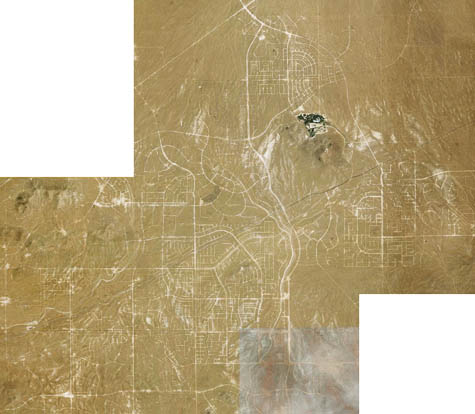Recently Lisa posted a video listing suggestions for how not to write about Africa, pointing out the ubiquity of a number of stereotypes and tropes used in novels or memoirs set in African countries.
That video came to mind when I saw this one about the book My Maasai Life, written by Robin Wiszowaty (and sent in by Randy McL.):
So she goes to Kenya to experience “simple life” to help her deal with the angst she felt in the U.S. You have the romanticization of the Maasai: they laugh openly! Judgment doesn’t exist!
She recalls asking herself, “How did I end up here?” How did you end up there? Um, you intentionally decided to go there to get away from everything you know, presumably with the money to do so. And in that simple place where happiness and tolerance reign, and people laugh openly, you figured out who you are.
I know I’m being snarky. Yes, she did some volunteer work, and from the video it looks like she worked in some schools. Certainly those benefited some specific people, regardless of what I think about her attitude. But you can help some individuals while still perpetuating stereotypes that may be harmful to groups of people in the long-run.
And this is another example of the limited number of perspectives authors tend to take when writing about African countries/people. Either it’s a desolate, violent, hopeless place filled with human misery, or it’s the home of happy, smiling, tolerant people (or “tribesmen”) who, through their simple lifestyles, show all of us in developed countries how much better things would be if only we could follow their example, except with clean water, and also TV.








